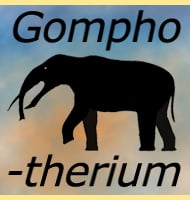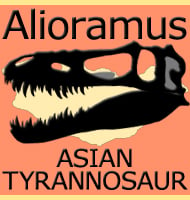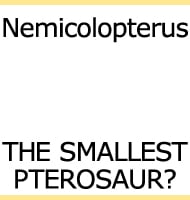In Depth
The significant thing about the discovery of Juramaia is that here you have a placental mammal appearing thirty-five million years earlier than the previously known contender Eomaia, a primitive mammal described in 2002 that was also discovered in Liaoning Province. This has helped researchers who are slowly piecing together a more complete picture of early mammal evolution, particularly that pertaining to placental mammals, a group that today encompasses many groups from whales to cats, dogs, horses and even primates and humans.
Juramaia is thought to have been an arboreal creature living that lived in around the tree canopy and/or dense vegetation where it could hide from Jurassic era dinosaurs such as Xiaotingia and Anchiornis. Another evolutionary important find from the Tiaojishan Formation is the pterosaur Darwinopterus that displays the transition between primitive and advanced pterosaurs.
Further Reading
– A Jurassic eutherian mammal and divergence of marsupials and placentals. – Nature. 476 (7361): 442–445. – Zhe-Xi Luo, Chong-Xi Yuan, Qing-Jin Meng & Qiang Ji – 2011.









